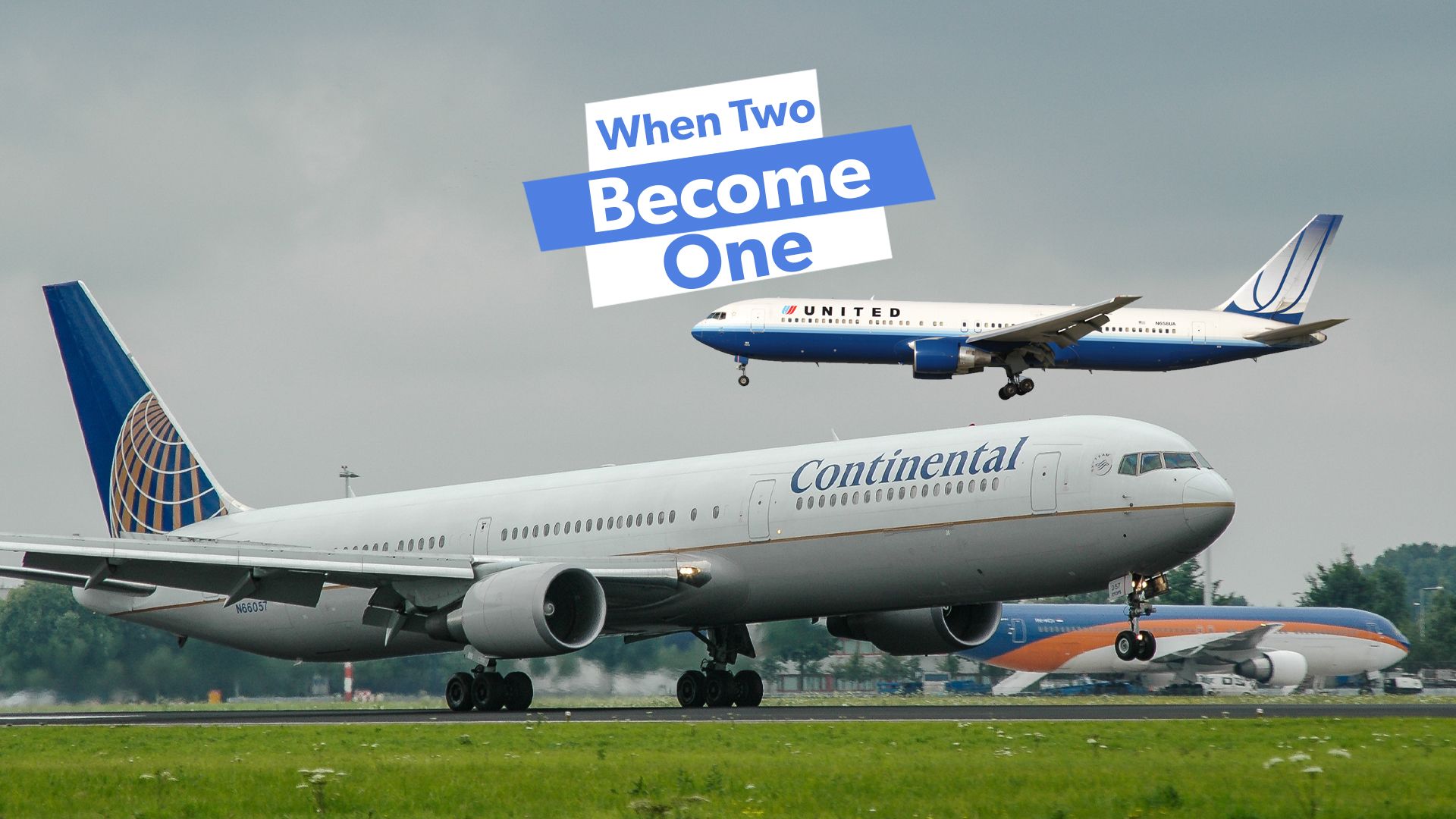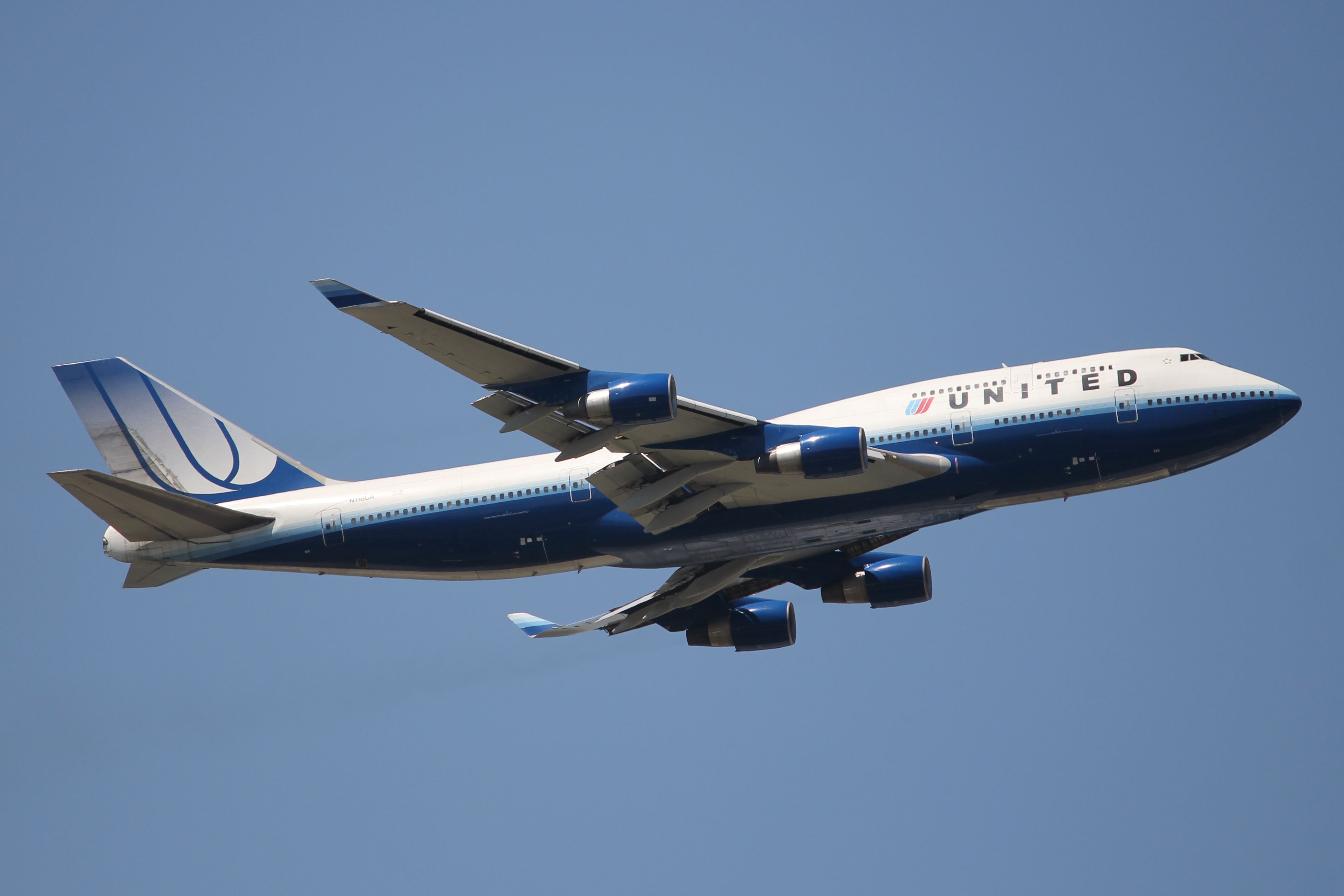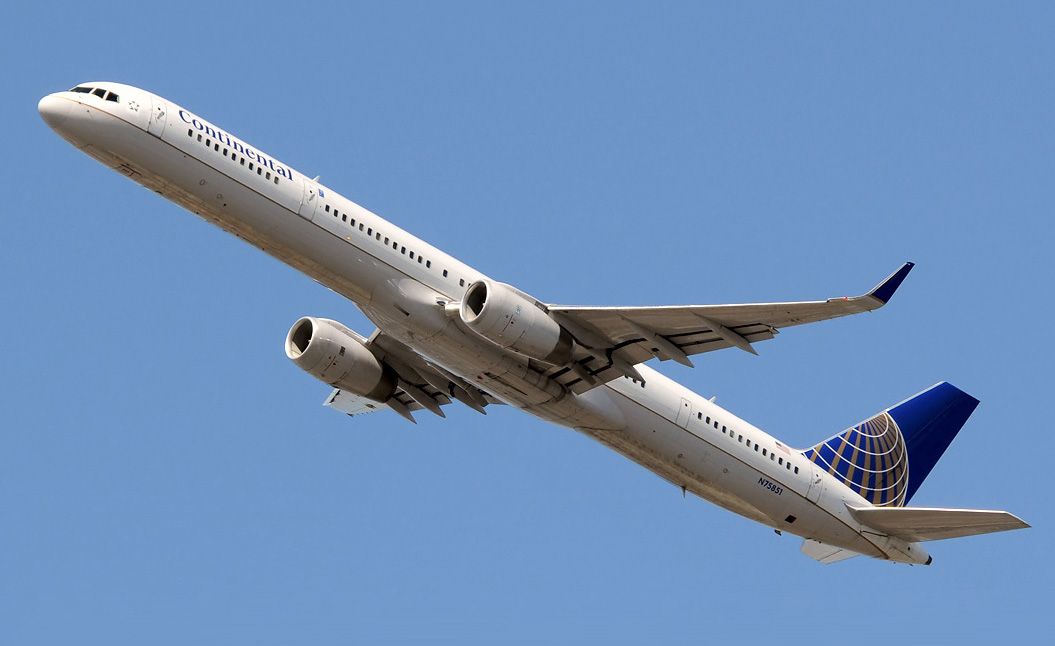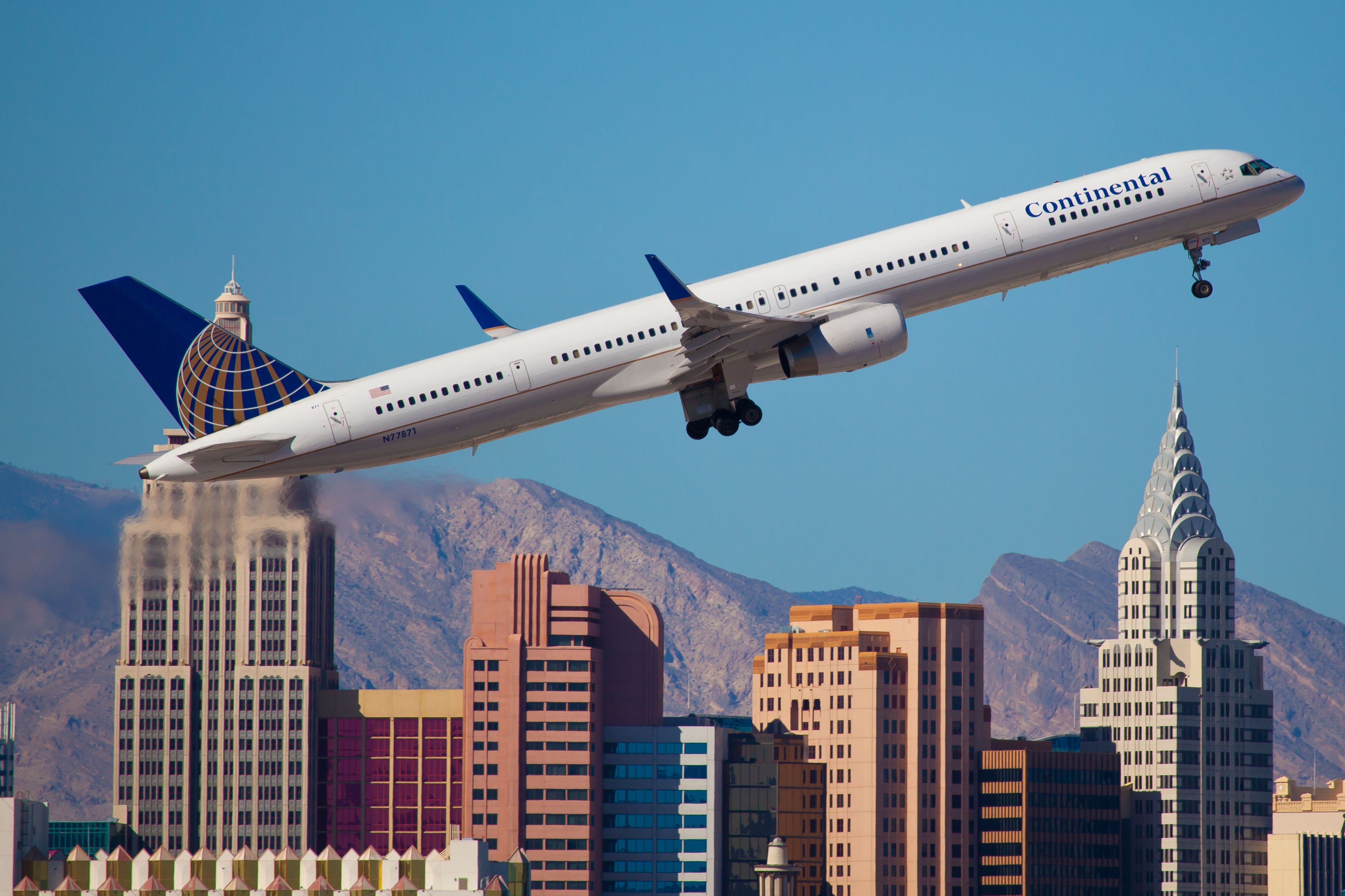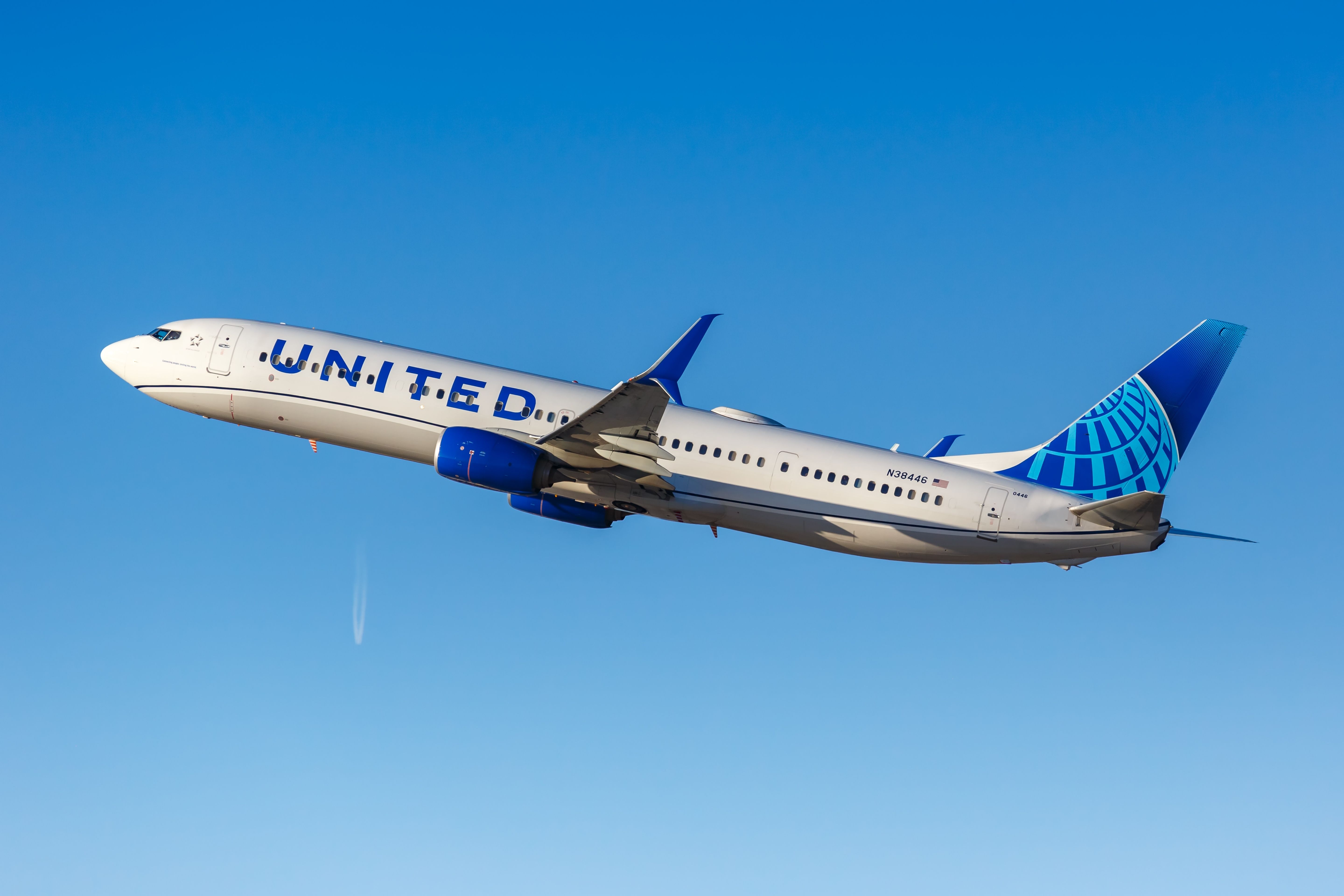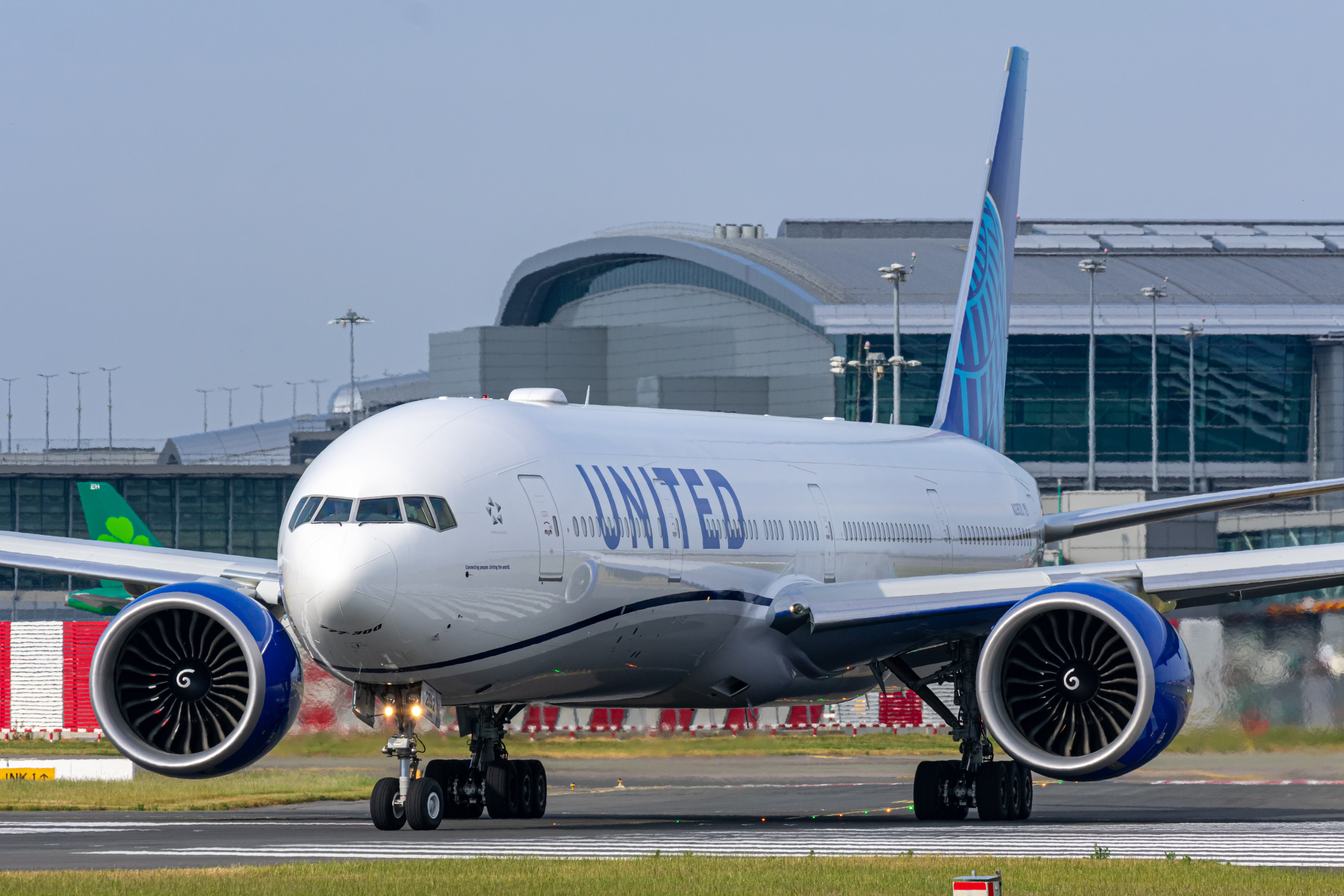Summary
- United Airlines and Continental Airlines merged to save money and grow, creating what was the world’s second-largest airline.
- Both airlines had to file for bankruptcy protection before the merger due to industry challenges.
- The merger made sense from both financial and route network perspectives.
In order to understand why Continental Airlines and United Airlines agreed to merge, it is important to first look at both airlines separately and see what led up to the two airlines becoming one. United Airlines dates back to 1926 when Walter Varney founded Varney Air Lines in Boise, Idaho.
Looking to modernize the county’s postal service, the Postmaster General was told to give lucrative mail contracts to private airlines. Varney Air Lines was the only bidder winning the contract to deliver mail in the upper Northwest states.
In 1929, William Boeing merged Boeing Air Transport with Pratt & Whitney to form the United Aircraft and Transport Corporation (UATC). The new company immediately set out to buy smaller airlines and started a holding company called United Air Lines in March 1931. United Air Lines purchased Varney Air Lines, along with Pacific Air Transport, National Air Transport, and Stout Air Services.
Continental Airlines can trace its roots back to Walter Varney
Again, like United Airlines, Continental Airlines can trace its beginnings back to Walter Varney and his Varney Speed Lines, a mail carrier in the Southwest states. When Congress passed the Air Mail Act of 1930, the Postmaster General held meetings with executives of the larger airlines to award mail contracts. None of the smaller airlines were invited to what would later be called the “spoils conference.”
This led to a public outcry, and in 1934, President Franklin D. Roosevelt canceled the contracts, giving mail delivery to the Army Air Corps. Sensing an opportunity, Robert Forman Six bought the Southwest division of Varney Speed Lines and renamed it Continental Air Lines.
Over the coming years, Continental continued to grow and won lucrative contracts from the United States military to transport troops from the US to Southeast Asia during the Vietnam War.
Both had to file for bankruptcy protection
During the 1980s, Continental Airlines was plagued with labor disputes, filing for Chapter 11 bankruptcy protection on September 24, 1983. During the 1980s, low-cost airlines like People Express began offering ridiculously low fares, undercutting rival carriers.
Photo: Eliyahu Yosef Parypa | Shutterstock
Everything was going well for People Express until it made the mistake of overpaying to acquire Denver-based Frontier Airlines. Now massively in debt, People Express was taken over by Continental owner Frank Lorenzo’s Texas Air Corporation.
Following the September 11, 2001, terrorist attacks in New York and Washington, there was a significant downturn in air travel, which, combined with ongoing labor disputes, forced United Airlines to file for Chapter 11 bankruptcy protection in December 2002. The carrier eventually emerged from bankruptcy protection in 2006 and resumed normal operations.
The airline industry was consolidating
To examine why Continental and United merged, we first need to look at consolidation in the airline industry following the merger of Air France and KLM in 2004. A year later, in 2005, US Airways was acquired by America West Airlines.
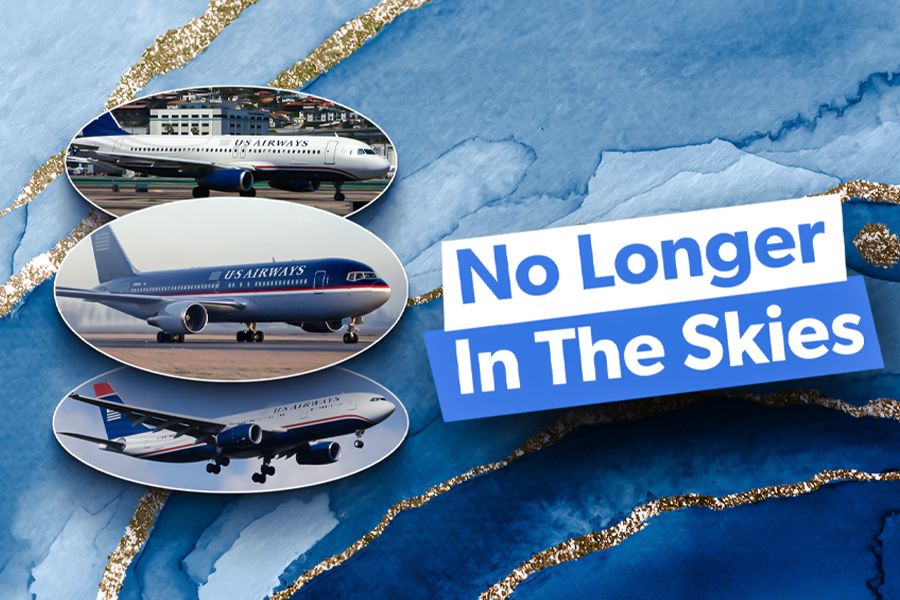
You might also like:
The Story Of US Airways
The US Airways brand disappeared from the skies in 2015 – what were some key moments in the airline’s 76-year history?
Looking at ways to save money and at the same time grow its network, Continental Airlines began talking with United Airlines in 2006 about the possibility of a merger. In many ways, a merger made sense, and not only from a financial perspective. The two carriers’ route networks complemented each other – Continental Airlines had a significant presence in the south and east, while United Airlines had a substantial presence in the west.
Photo: Markus Mainka | Shutterstock
In September 2010, both airlines’ shareholders voted for the merger, creating the world’s largest airline for a time. They decided to keep the United Airlines brand for the new airline, as both sides felt it had more value and familiarly for passengers. However, in a nod to Continental Airlines, it was agreed that the carrier’s golden globe logo would replace United Airlines’ colorful tulip logo on the aircraft tails.
United Airlines today
United Airlines and Continental Airlines merged to save money and grow into what is today the world’s second-largest airline by fleet size, behind Delta Air Lines and just ahead of American Airlines. The latest data from ch-aviation shows that United Airlines currently has more than 970 aircraft in its fleet, including more than 90 Boeing 777s and over 500 737s across different variants.
Photo: Croatorum | Shutterstock
United Airlines operates from several major hubs across the US, including:
- Chicago O’Hare International Airport (ORD)
- Los Angeles International Airport (LAX)
- Newark Liberty International Airport (EWR)
- San Francisco International Airport (SFO).
In a post-pandemic world, United Airlines has significantly expanded its international footprint, particularly when it comes to transatlantic services from Newark (EWR). The carrier has launched flights to the likes of Tenerife (TFS), Palma de Mallorca (PMI), and Marrakesh (RAK). With the anticipated arrival of the Airbus A321XLR, it is likely that we will see more long, thin routes from United Airlines in the future.

